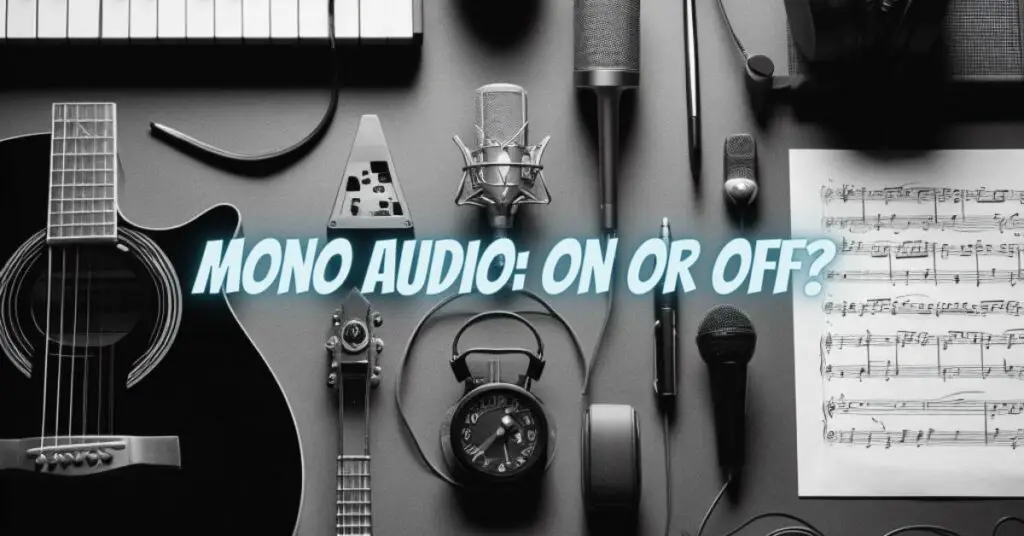Mono audio, as discussed in the previous article, is an audio format that combines all sound channels into a single, unified signal. While it offers several advantages, the decision to keep mono audio on or turn it off depends on your specific needs and the content you are consuming. This article explores the factors that can help you make an informed choice regarding mono audio settings.
When to Keep Mono Audio On:
- Accessibility: One of the primary reasons to keep mono audio on is accessibility. For individuals with hearing impairments or those who use a single hearing aid, mono audio is a crucial feature. It ensures that all audio content is delivered equally to both ears, providing an inclusive listening experience.
- Enhanced Clarity for Spoken Content: Mono audio can significantly improve the clarity of spoken content. If you’re listening to podcasts, audiobooks, or engaging in voice-based communication, keeping mono audio on eliminates the complexities of stereo sound, resulting in a cleaner and more intelligible listening experience.
- Mono Content: When you are consuming content that was originally recorded and mixed in mono, keeping mono audio on allows you to experience the content in its intended form. This is particularly relevant for older recordings, classic radio broadcasts, and specific music genres that were originally produced in mono.
- Listener Fatigue Reduction: For extended listening sessions, mono audio can reduce listener fatigue. The stability of mono sound can be beneficial for professionals, students, and individuals with certain cognitive conditions who need to maintain focus for longer durations without experiencing listening fatigue.
- Preserving Artistic Intent: Some artists and audio engineers choose to produce their work in mono for artistic reasons. In such cases, keeping mono audio on ensures that you are hearing the content as the creators intended, preserving the original artistic vision.
When to Turn Mono Audio Off:
- Stereo and Spatial Immersion: Stereo audio is ideal for music, movies, and games, as it creates a sense of spatial depth and directionality. If you want to immerse yourself in the auditory world of a movie or enjoy the full stereo experience of your favorite music, turning off mono audio is essential.
- Headphones with Quality Stereo Separation: If you are using high-quality headphones that provide excellent stereo separation, turning off mono audio can enhance your listening experience, especially for content that relies on stereo effects.
- Modern Stereo Recordings: Most contemporary music and media content are recorded and mixed in stereo. Turning off mono audio allows you to enjoy these productions as the artists and engineers intended, with the full richness of stereo sound.
- Gaming and Virtual Reality: In gaming and virtual reality applications, stereo audio is critical for spatial awareness and immersion. Turning off mono audio is a must when playing video games or exploring virtual worlds where audio cues are essential for gameplay.
The decision to keep mono audio on or turn it off ultimately depends on your specific needs and the type of content you are consuming. While mono audio offers advantages in terms of accessibility, clarity for spoken content, and listener comfort, stereo audio is essential for immersive experiences, modern content, and gaming applications. It’s important to adjust your audio settings to best suit your preferences and the context in which you are listening or watching, ensuring an optimal audio experience.


